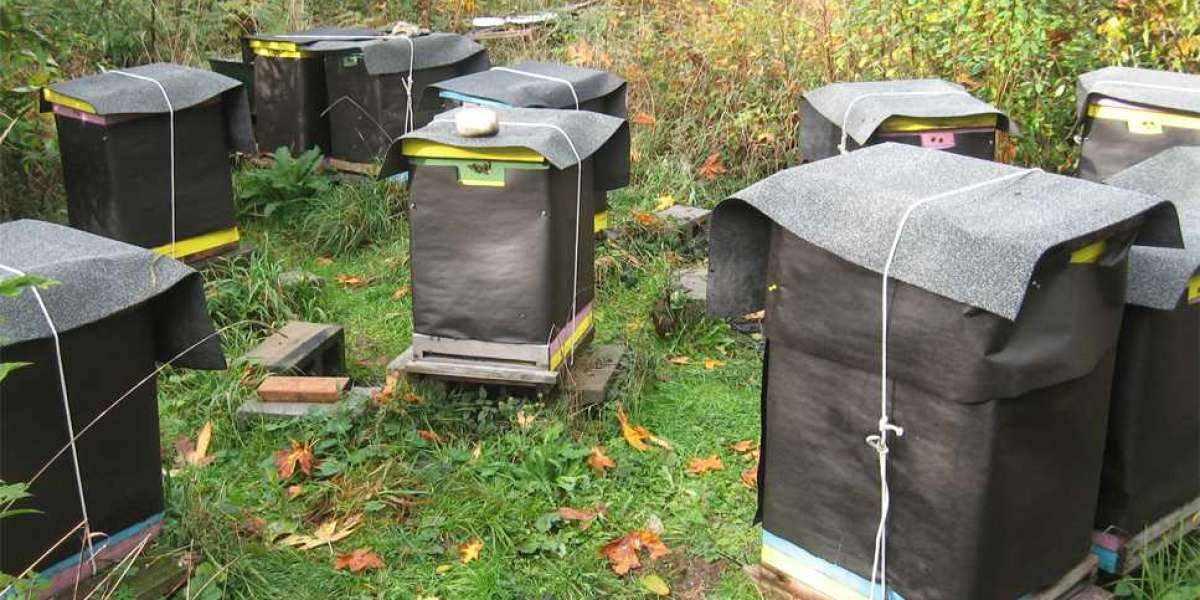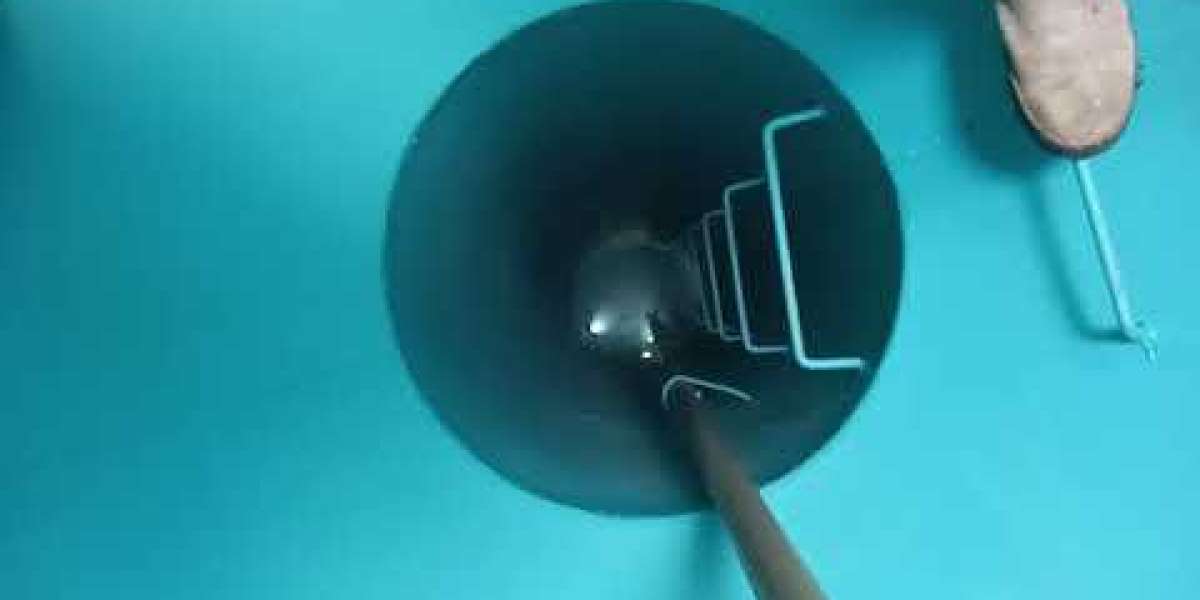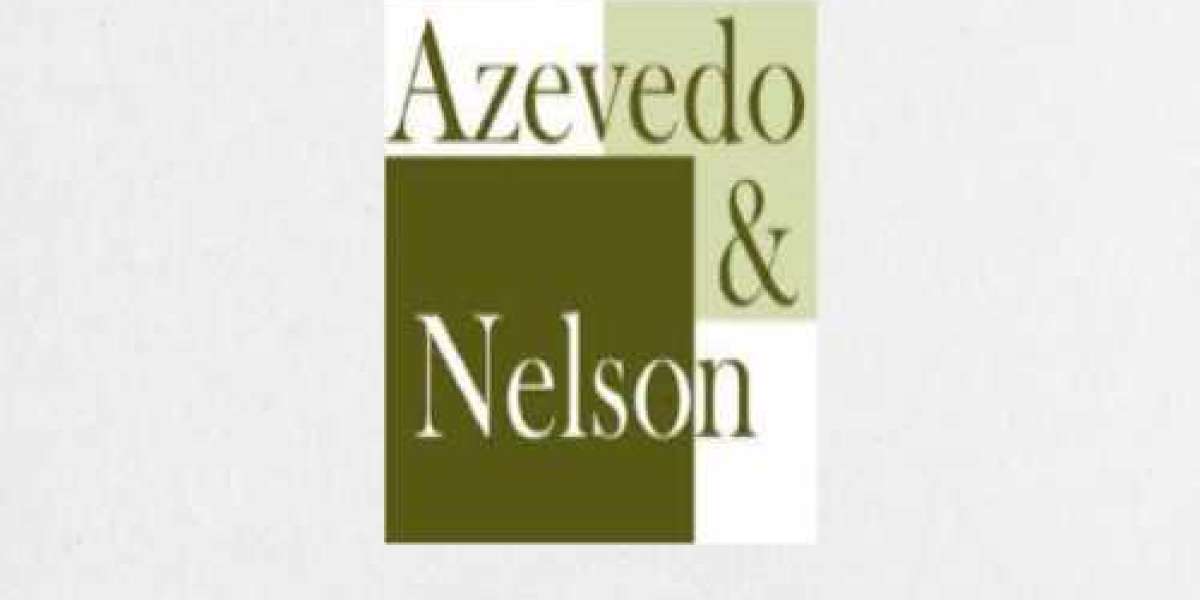Maintaining a healthy, productive hive is the goal of every beekeeper. One often-overlooked aspect of hive care is beehive insulation, which can significantly improve both hive efficiency and the overall health of your bees. Insulating your hive is essential for regulating temperatures, conserving energy, and ensuring the bees thrive, even in challenging conditions. Alongside insulation, beekeepers must also consider proper equipment, such as beekeeping suits and beekeeping jackets, to protect themselves during hive maintenance and inspections. These tools not only safeguard the beekeeper but also make it easier to monitor hive conditions, ensuring the colony stays healthy year-round.
Understanding the Basics of Beehive Insulation
In simple terms, beehive insulation involves adding layers of protection to your hive to help stabilize the internal temperature. Insulation is crucial for minimizing the impact of external weather conditions, allowing your bees to maintain an environment close to their natural habitat. This process can involve both external wraps and internal materials that help protect the colony from extreme cold or heat.
Why Do Bees Need Insulation?
While bees are incredibly resilient, wild colonies naturally nest in well-insulated areas like tree cavities. Replicating this in modern hives is key to reducing the stress bees endure from temperature fluctuations. Beehive insulation ensures the hive remains warm during cold months and cool during hot summers, helping bees focus on their essential tasks like foraging and honey production.
Benefits of Proper Beehive Insulation for Hive Efficiency
Temperature Regulation
One of the primary benefits of beehive insulation is temperature control. In winter, insulation prevents heat from escaping, reducing the amount of energy bees need to stay warm. In summer, it helps keep the hive cool by protecting it from excessive external heat. By stabilizing the hive's internal climate, insulation allows bees to work efficiently, even in extreme weather.
Energy Conservation
Without proper insulation, bees expend a significant amount of energy regulating the temperature inside the hive. This energy could otherwise be spent on tasks like foraging, tending to the queen, or producing honey. Proper beehive insulation conserves this energy, ensuring the colony remains productive throughout the year.
Reduced Condensation and Moisture Control
Moisture buildup inside the hive can be detrimental to the colony. It can cause mold, diseases, and even suffocate the bees during winter. Insulating your hive properly reduces condensation, helping maintain a dry, comfortable environment. This also aids in preventing fungal growth that can harm your bees.
Impact on Bee Health and Behavior
Improved Winter Survival Rates
Cold winters pose a severe challenge to bee colonies. Without proper beehive insulation, many hives lose bees to freezing temperatures. Insulation helps bees survive by keeping the interior of the hive warm enough to prevent deadly chills. A well-insulated hive can significantly increase the colony's winter survival rates, ensuring a strong and healthy population come spring.
Enhanced Brood Development
Brood development is crucial for the growth of a healthy colony. Bees must maintain an optimal temperature for the brood, typically around 95°F (35°C). Proper insulation helps ensure this temperature is maintained, even when the external environment is unfavorable. This leads to healthier, faster-growing bees, which is essential for the colony's success.
Reduced Disease and Pest Incidences
Maintaining a stable internal hive environment through beehive insulation can also help reduce the risk of diseases and pests. Fluctuating temperatures and excess moisture often invite parasites, mold, and bacteria. By creating a more stable and dry environment, insulation helps lower the risk of infestations and illnesses within the hive.
Types of Beehive Insulation Techniques
Wraps and Covers
External wraps and covers are one of the simplest forms of beehive insulation. These include foam or plastic wraps that help block cold winds and keep the heat inside the hive. They're particularly useful during winter but can also be adjusted or removed during warmer months.
Internal Insulation Methods
Many beekeepers opt for internal insulation by adding materials like foam boards or straw inside the hive itself. These materials help trap heat and provide a buffer between the bees and the cold. Some natural beekeepers even use wool or wood chips, as they offer excellent insulation while still allowing for airflow.
Natural vs. Artificial Insulation
When it comes to beehive insulation, you can choose between natural materials like straw and artificial options like foam boards. Each has its advantages, with natural materials offering better airflow and eco-friendliness, while artificial insulation tends to be more durable and easy to install.
Best Practices for Beekeepers
Monitoring Hive Conditions
Insulation isn't a "set it and forget it" task. Beekeepers should regularly monitor the hive’s internal temperature and moisture levels. This will help ensure that the insulation is working correctly and that no adjustments are needed, especially as weather conditions change.
Adjusting Insulation Seasonally
It’s important to adapt your beehive insulation based on the season. Winter typically requires more extensive insulation, while in summer, beekeepers might want to focus on ensuring good ventilation to prevent overheating. Striking the right balance is crucial for hive efficiency and bee health.
Combining Insulation with Other Hive Efficiency Techniques
While insulation is essential, it works best when combined with other hive efficiency strategies like ventilation and the use of beehive entrance reducers. This holistic approach ensures your hive remains a healthy, productive environment all year round.
Common Mistakes to Avoid
Over-Insulating the Hive
Too much insulation can block airflow, leading to condensation and even overheating. Ensure your hive still has proper ventilation to prevent these issues.
Choosing the Wrong Materials
Not all insulation materials are suitable for every climate. It’s crucial to select materials that work best for your region's specific weather patterns. For instance, foam might work better in colder climates, while breathable natural materials like straw are ideal for more temperate zones.
Neglecting Regular Hive Inspections
Finally, don’t neglect regular hive inspections. Ensuring the insulation remains effective requires ongoing maintenance, especially during drastic temperature changes.
Conclusion
Proper beehive insulation is one of the best ways to improve both hive efficiency and bee health. By regulating temperatures, reducing moisture, and conserving energy, insulation creates an environment where bees can thrive. For beekeepers, investing in the right insulation techniques ensures a more productive colony and healthier bees, ultimately leading to greater success in your beekeeping journey. Along with insulation, using the right beekeeping tools is crucial for effective hive management. From beekeeping suits and jackets to hive tools and smokers, having the proper equipment helps beekeepers maintain and monitor their hives safely and efficiently.









